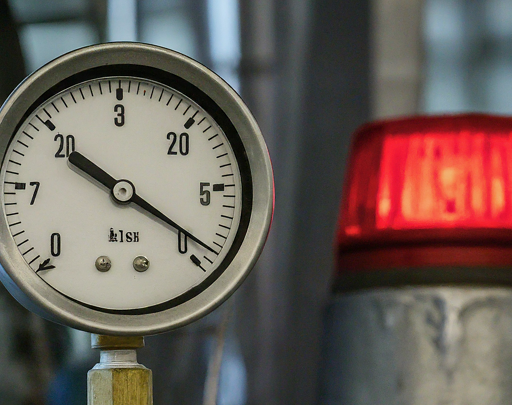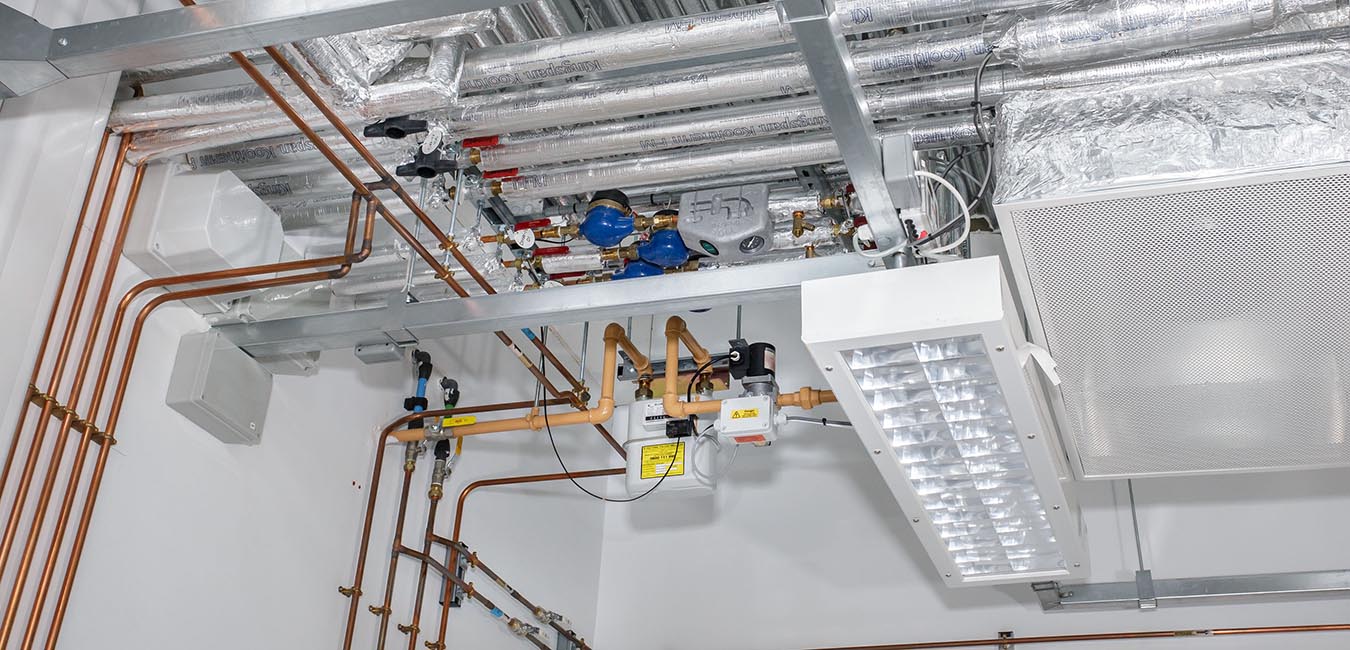Selecting lab water purification equipment

The Importance of Lab Water Purity: A Foundation for Scientific Accuracy

In the realm of scientific research, the pursuit of knowledge is driven by meticulous experimentation and precise measurements. At the heart of this pursuit lies a fundamental requirement: the availability of high-purity water. Water, often considered a simple and ubiquitous substance, plays a critical role in countless laboratory procedures, from cell culture and molecular biology to analytical chemistry and pharmaceutical development. The purity of this water directly impacts the accuracy, reliability, and ultimately, the validity of experimental results. This is where the importance of lab water purification equipment comes into play.
The impact of impurities in lab water can be profound, leading to a cascade of negative consequences. Contaminants, even in trace amounts, can interfere with chemical reactions, alter biological processes, and compromise the integrity of analytical measurements. For instance, in cell culture, impurities can inhibit cell growth, alter cell behavior, and even lead to false experimental outcomes. In analytical chemistry, contaminants can interfere with spectroscopic measurements, leading to inaccurate quantification of analytes. The consequences extend beyond the immediate experiment, potentially impacting the reproducibility of results, the validity of scientific conclusions, and ultimately, the advancement of scientific knowledge.
The need for high-purity water is not limited to specific research areas; it permeates the entire scientific landscape. From academic laboratories to industrial research facilities, from pharmaceutical companies to environmental monitoring agencies, the demand for reliable and consistent water purification solutions is universal. This demand has driven the development of sophisticated water purification technologies, capable of removing a wide range of contaminants, including dissolved salts, organic compounds, microorganisms, and even trace metals. These technologies are essential for ensuring the quality and reliability of lab water, providing a foundation for accurate and reproducible scientific research.
The selection of appropriate lab water purification equipment is a critical decision, one that requires careful consideration of the specific needs of the laboratory. Factors such as the type of research conducted, the sensitivity of the experiments, and the desired level of water purity all play a role in determining the optimal purification system. This article delves into the intricacies of lab water purification, exploring the various technologies available, the factors influencing equipment selection, and the importance of ensuring the consistent delivery of high-purity water for scientific excellence.
The journey towards understanding lab water purification begins with a fundamental question: what constitutes \"pure\" water in the context of scientific research? The answer lies in the specific requirements of the application. For some applications, such as general laboratory use, a relatively low level of purity may suffice. However, for sensitive applications, such as cell culture or analytical chemistry, the purity requirements are significantly higher. This highlights the importance of understanding the specific needs of the laboratory and selecting a purification system that meets those needs.
The quest for high-purity water has led to the development of a diverse array of purification technologies, each with its own strengths and limitations. These technologies range from simple filtration systems to sophisticated multi-stage purification systems, each designed to remove specific contaminants and achieve a desired level of purity. The selection of the appropriate technology depends on a number of factors, including the type of contaminants present, the desired level of purity, and the budget constraints of the laboratory.
The impact of lab water purity extends beyond the confines of the laboratory, influencing the broader scientific community and the advancement of knowledge. In the field of Public Health Engineering, for example, the availability of high-purity water is crucial for ensuring the safety and efficacy of water treatment processes. Accurate analysis of water quality requires reliable and consistent water purification, ensuring that contaminants are not introduced during the analysis process. This, in turn, contributes to the development of effective water treatment strategies, safeguarding public health and promoting sustainable water management practices.
The importance of lab water purity cannot be overstated. It is the foundation upon which scientific research is built, ensuring the accuracy, reliability, and reproducibility of experimental results. The selection of appropriate lab water purification equipment is a critical decision, one that requires careful consideration of the specific needs of the laboratory. By understanding the various purification technologies available, the factors influencing equipment selection, and the importance of ensuring the consistent delivery of high-purity water, laboratories can establish a foundation for scientific excellence and contribute to the advancement of knowledge.
Navigating the Path to Purity: A Recap
The journey to selecting the right lab water purification equipment is not a linear one. It demands a deep understanding of your specific needs, a careful evaluation of available technologies, and a commitment to ensuring the highest standards of water purity. This article has aimed to equip you with the knowledge and tools to navigate this complex landscape. We've delved into the critical factors influencing your choice, from the type of research you conduct to the specific contaminants you need to eliminate. We've explored the diverse range of purification technologies available, highlighting their strengths and limitations. And we've emphasized the importance of considering factors like operational costs, maintenance requirements, and the long-term sustainability of your chosen system.
The ultimate goal is to achieve a balance between cost-effectiveness and the assurance of consistently pure water. This balance is crucial for maintaining the integrity of your research, ensuring the accuracy of your results, and ultimately, contributing to the advancement of scientific knowledge.
Remember, the selection process is not merely about choosing a piece of equipment. It's about investing in a system that will become an integral part of your laboratory's infrastructure, supporting your research endeavors for years to come.
The Road Ahead: Implementing Your Decision
Armed with the insights gained from this article, you are now well-positioned to make an informed decision. The next step is to translate your knowledge into action. This involves:
- Defining Your Specific Requirements: Revisit your research needs, identify the contaminants you need to remove, and determine the desired purity levels. This will guide your selection process and ensure you choose a system that meets your specific needs.
- Evaluating Available Options: Research different manufacturers and their offerings, comparing features, specifications, and pricing. Consider factors like ease of operation, maintenance requirements, and the availability of technical support.
- Consulting with Experts: Don't hesitate to seek guidance from experienced professionals. IT Tech's team of experts can provide valuable insights, assist in evaluating your options, and help you choose the most suitable system for your laboratory.
- Implementing Your Choice: Once you've selected a system, ensure proper installation and training. This will guarantee optimal performance and minimize the risk of errors or malfunctions.
- Monitoring and Maintenance: Regularly monitor the performance of your water purification system and adhere to recommended maintenance schedules. This will ensure consistent water purity and extend the lifespan of your equipment.
The Importance of Water Purity in Public Health Engineering
The role of water purification in public health engineering cannot be overstated. Safe and clean water is fundamental to human health and well-being. From ensuring the safety of drinking water supplies to supporting critical research in areas like sanitation and disease control, water purification plays a vital role in protecting public health.
In laboratories involved in public health engineering, water purity is paramount. Accurate and reliable results are essential for developing effective solutions to public health challenges. This requires the use of high-quality water purification systems that can remove contaminants that could interfere with research and analysis.
IT Tech understands the critical role of water purification in public health engineering. We offer a comprehensive range of lab water purification systems designed to meet the specific needs of public health laboratories. Our systems are engineered to deliver the highest levels of purity, ensuring the accuracy and reliability of your research.
Partnering with IT Tech: Your Gateway to Purity
IT Tech is committed to providing our customers with the best possible solutions for their lab water purification needs. We offer a wide selection of systems, from basic benchtop units to advanced multi-stage systems capable of producing ultra-pure water. Our team of experts is dedicated to providing personalized support, helping you choose the right system for your specific requirements.
We understand that selecting the right lab water purification equipment is a significant investment. That's why we offer competitive pricing, flexible financing options, and comprehensive support services. Our goal is to ensure that you have access to the highest quality water purification solutions, enabling you to conduct your research with confidence and achieve your scientific goals.
Ready to take the next step towards ensuring the purity of your lab water? Contact IT Tech today for a personalized consultation. Let us help you find the perfect solution for your laboratory's needs.
Submit an enquiry now and let IT Tech guide you towards a future of pure possibilities.
Subscribe to our newsletter
Stay updated with IT-Tech Insights
Related posts
Check out other IT- Tech Scientific Resources

Selecting emergency lighting and alarms
Selecting the appropriate emergency lighting and alarms is essential for ensuring the safety of your lab personnel and equipment in the event of a power outage or other emergency. This article provides a comprehensive guide to help you make informed decisions. Key considerations include compliance with relevant electrical safety regulations, the specific requirements of your lab environment, and the availability of backup power sources. We discuss factors such as the type and intensity of lighting required, the placement and activation of alarms, and the integration of these systems with other safety protocols. By carefully evaluating these factors, you can select emergency lighting and alarms that provide optimal safety and peace of mind for your lab.

Resolving vacuum system failures
Vacuum systems are essential for various laboratory applications in Public Health Engineering, from filtration and sample preparation to analytical techniques. When these systems malfunction, it can disrupt research and compromise results. This article offers a practical approach to resolving vacuum system failures, covering common causes such as leaks, pump malfunctions, and filter clogging. We provide step-by-step troubleshooting tips and preventative measures to ensure the smooth operation of your vacuum system and maintain the integrity of your research.

Proper installation of lab plumbing systems
Properly installed lab plumbing systems are crucial for maintaining a safe and efficient laboratory environment. This training module covers essential aspects of lab plumbing installation, including selecting the right materials, understanding code requirements, and ensuring proper connections and drainage. We'll also discuss best practices for minimizing contamination risks and maximizing system longevity. This comprehensive guide is designed to equip Public Health Engineering professionals with the knowledge and skills needed to install and maintain reliable lab plumbing systems.
































.png)








